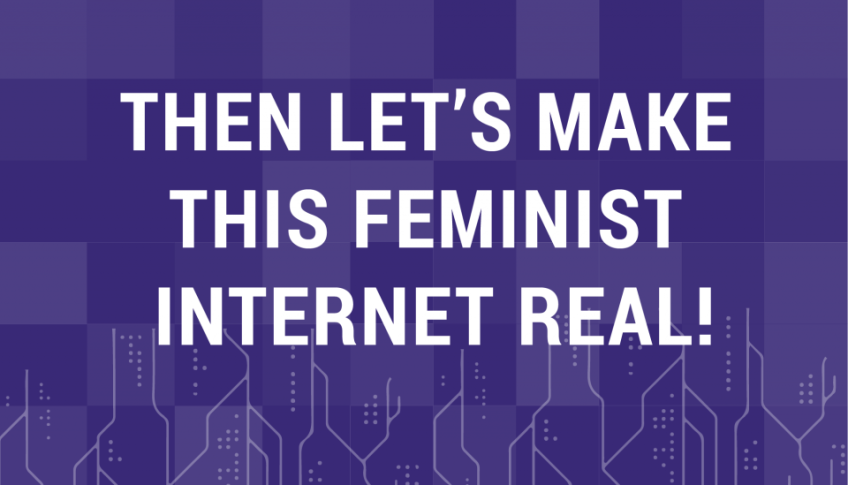
What is a feminist internet? According to the 17 Feminist Principles of the Internet (FPIs), it is an internet that respects diversity and human rights online, and in turn allows people to fully embody those rights, in a virtuous cycle between the online environment and on-ground interactions. These principles present an important counter-narrative to some of the troubling realities of the 21st-century digital world and speak to a critical optimism that feels largely absent from most discussions about the internet today.
This is because the reality of how the internet has been harnessed falls far short of the techno-optimist expectations that once accompanied the advent of the web. Take access. Over half the world’s population still cannot connect to the internet, and "meaningful" access that could support the actualisation of human rights remains conditioned by multiple "digital divides": North-South, urban-rural, educated-less educated, rich-poor, male-female-gender diverse. The "digital gender gap", for instance – the proportion of women using the internet on average across the world – is 12 % lower than the proportion of men using the Internet. Though this gap has been narrowing since 2013 in most regions, it is still widening in Africa, where the proportion of women using the Internet is 25% lower than the proportion of men. According to the After Access surveys supported by IDRC and Sida from 2016 to 2019, the figures for low-income countries show a worrying trend, where only one out of seven women are using the internet compared with one out of five men. The surveys in Bangladesh and Rwanda, for example, showed a 62% gap in internet access between men and women – which in turn is mirrored in other usage indicators.
Second, take the experiences people have once they are online. Harassment, shaming and abuse of women, LGBTIQ+ and gender-diverse individuals seem to be increasingly the norm, and this further entrenches the digital divisions. From the spreading of malicious misinformation to the non-consensual sharing of intimate images (NCII) to death threats, these attacks have a chilling and detrimental impact on human lives on the ground. Personal accounts from female public and political figures, for instance, suggest some pretty shocking abuse on social media platforms like Twitter. And a Pew study conducted in the United States showed that 41% of respondents said they experienced online harassment, and 70% of women said they thought it was a “major problem”.
Yet unfortunately other than anecdotal personal narratives and a few studies from the global North, we don’t know how many people experience harassment and shaming in the world, and have very little evidence for what is happening in the global South to women and LGBTIQ communities as they navigate the digital ecosystem. Further, we still have few means and good ideas for how to genuinely address the issues through legal, regulatory or policy mechanisms. The lack of access, the dearth of good evidence, and a shortage of policy ideas present serious challenges as our world becomes ever more digitally integrated and reliant on connectivity to conduct our work, our commerce and our communications.
Continue reading at GenderIT.org.